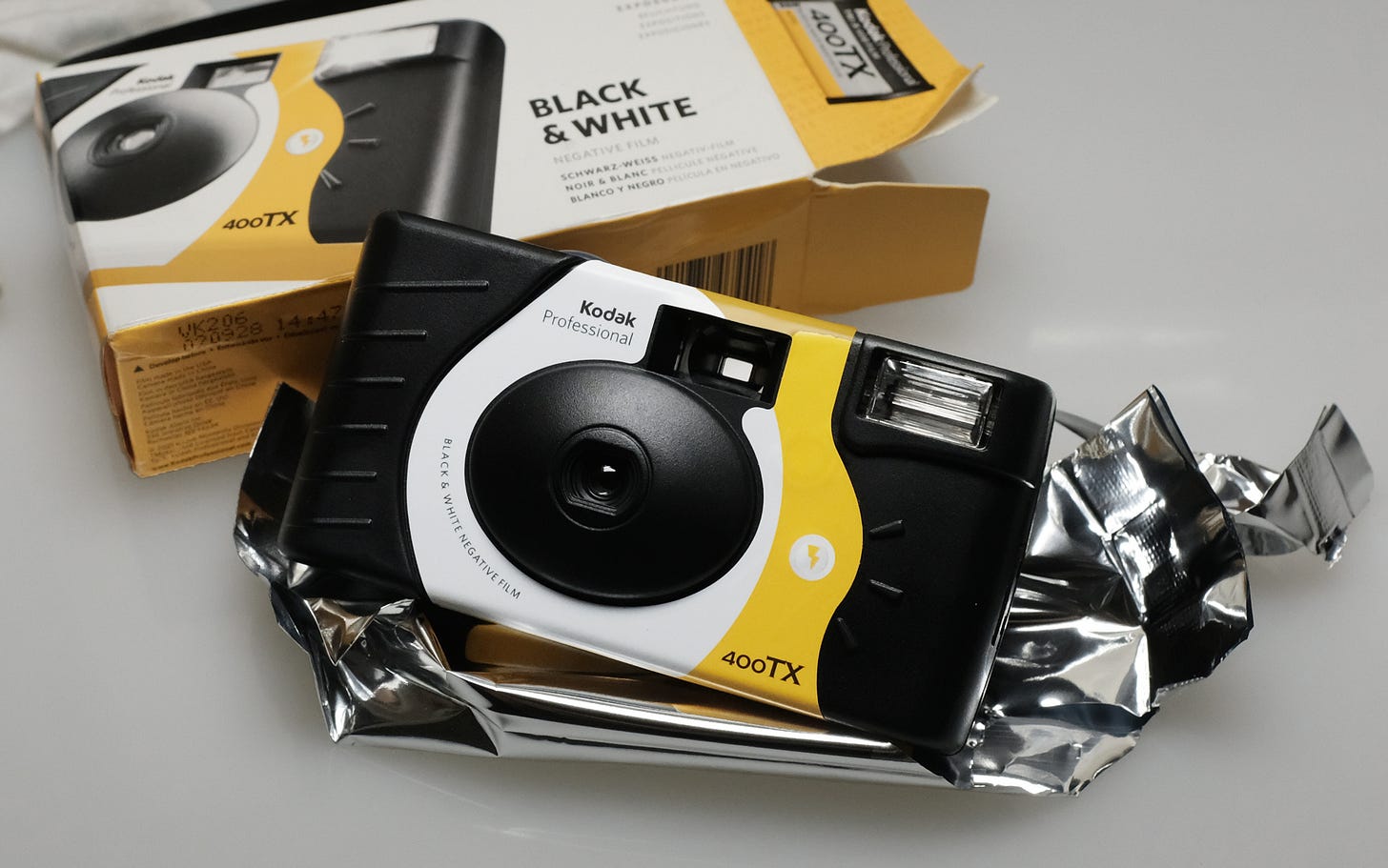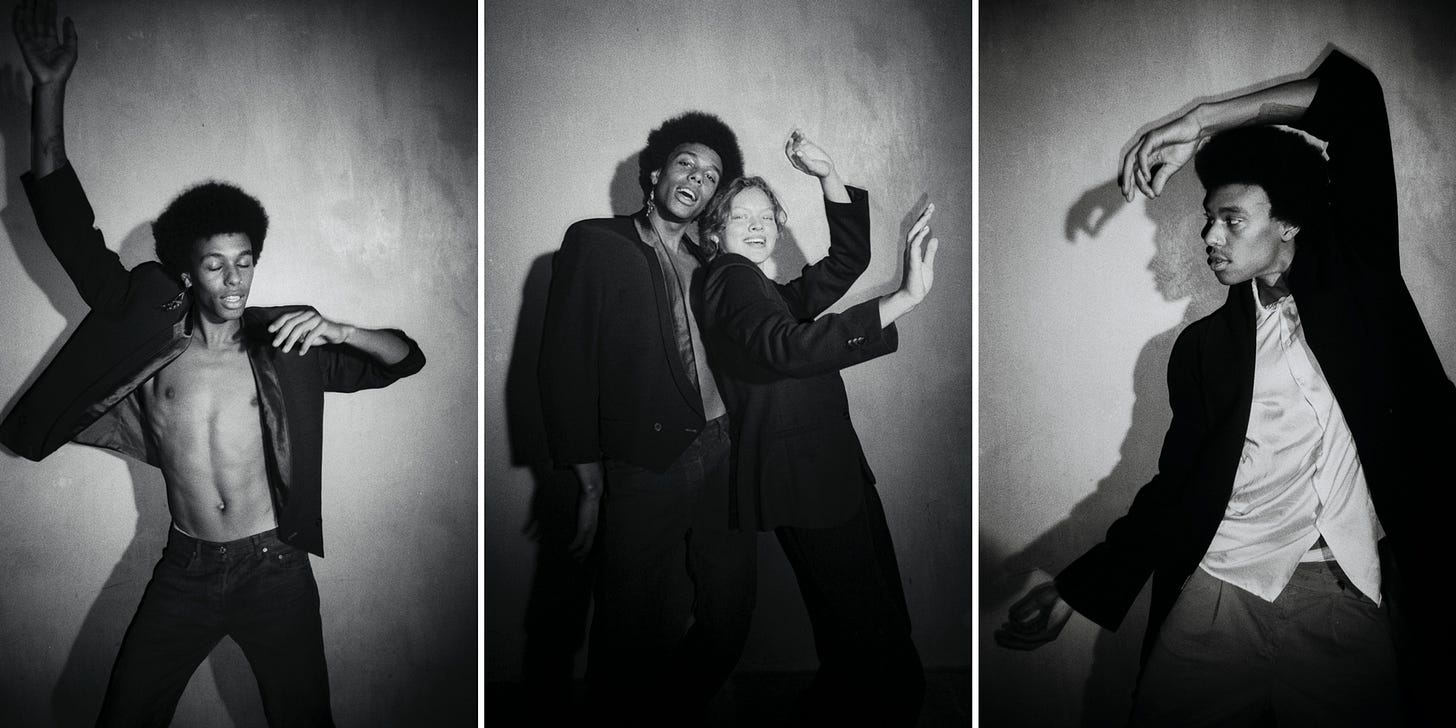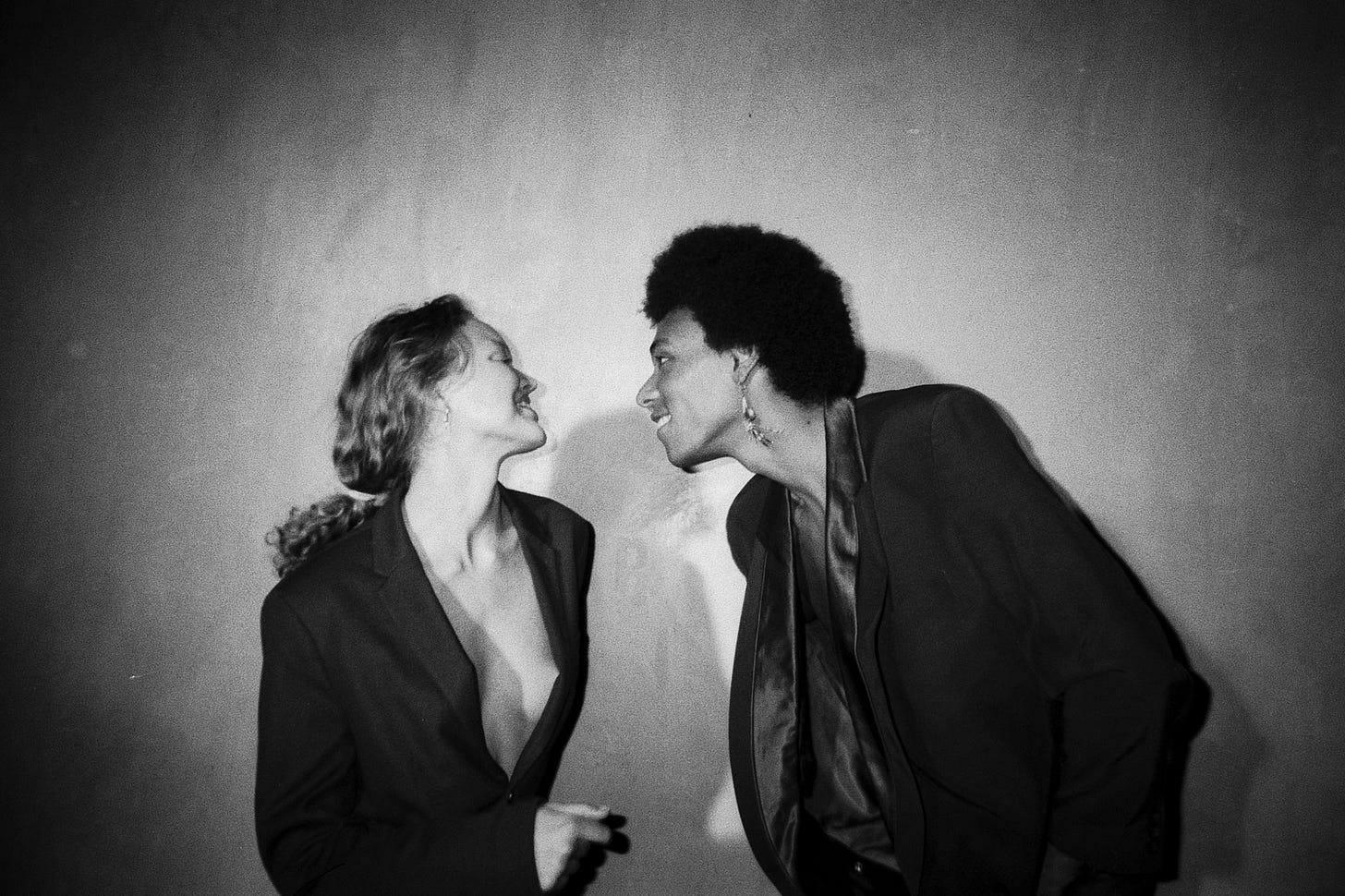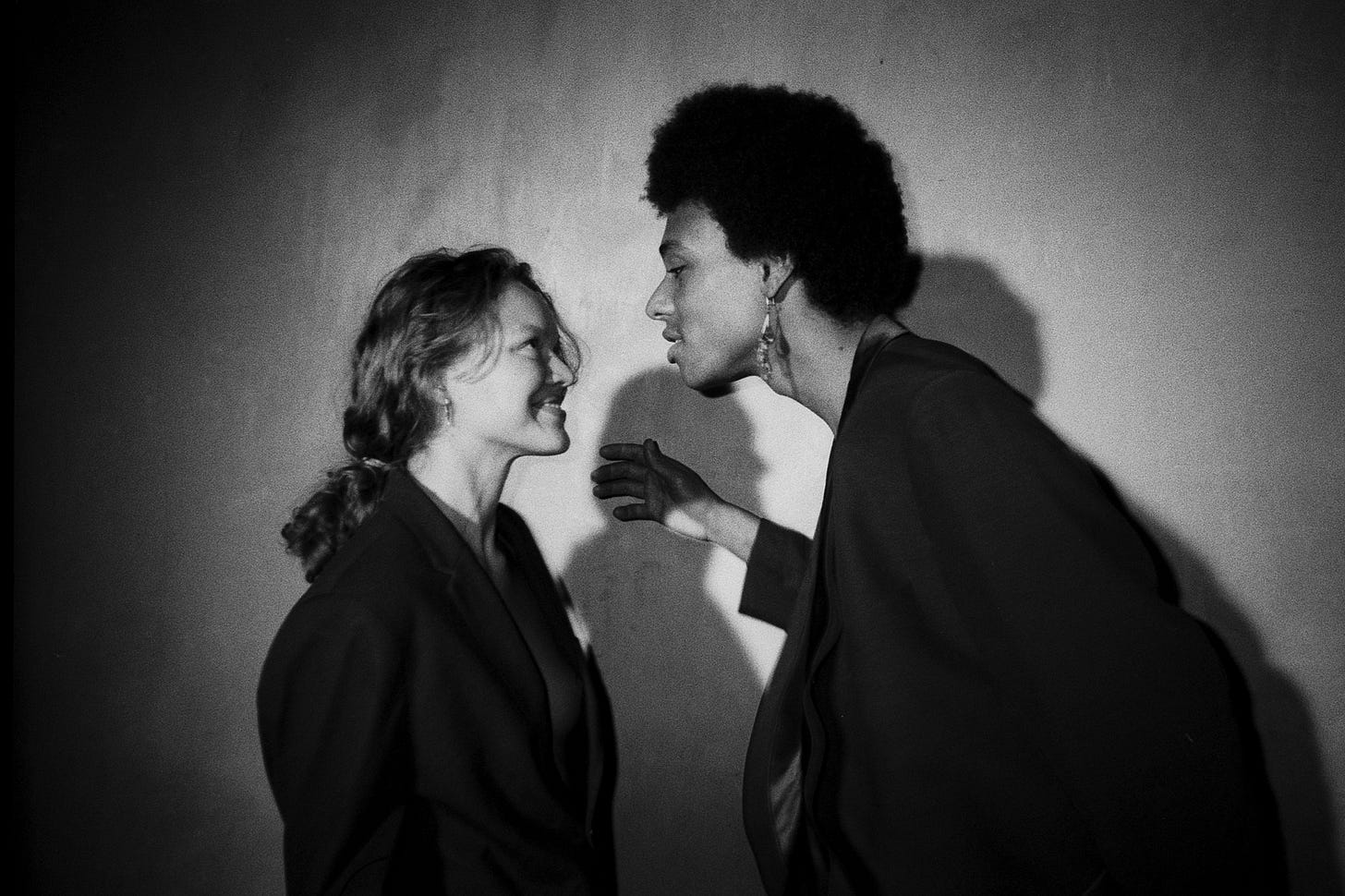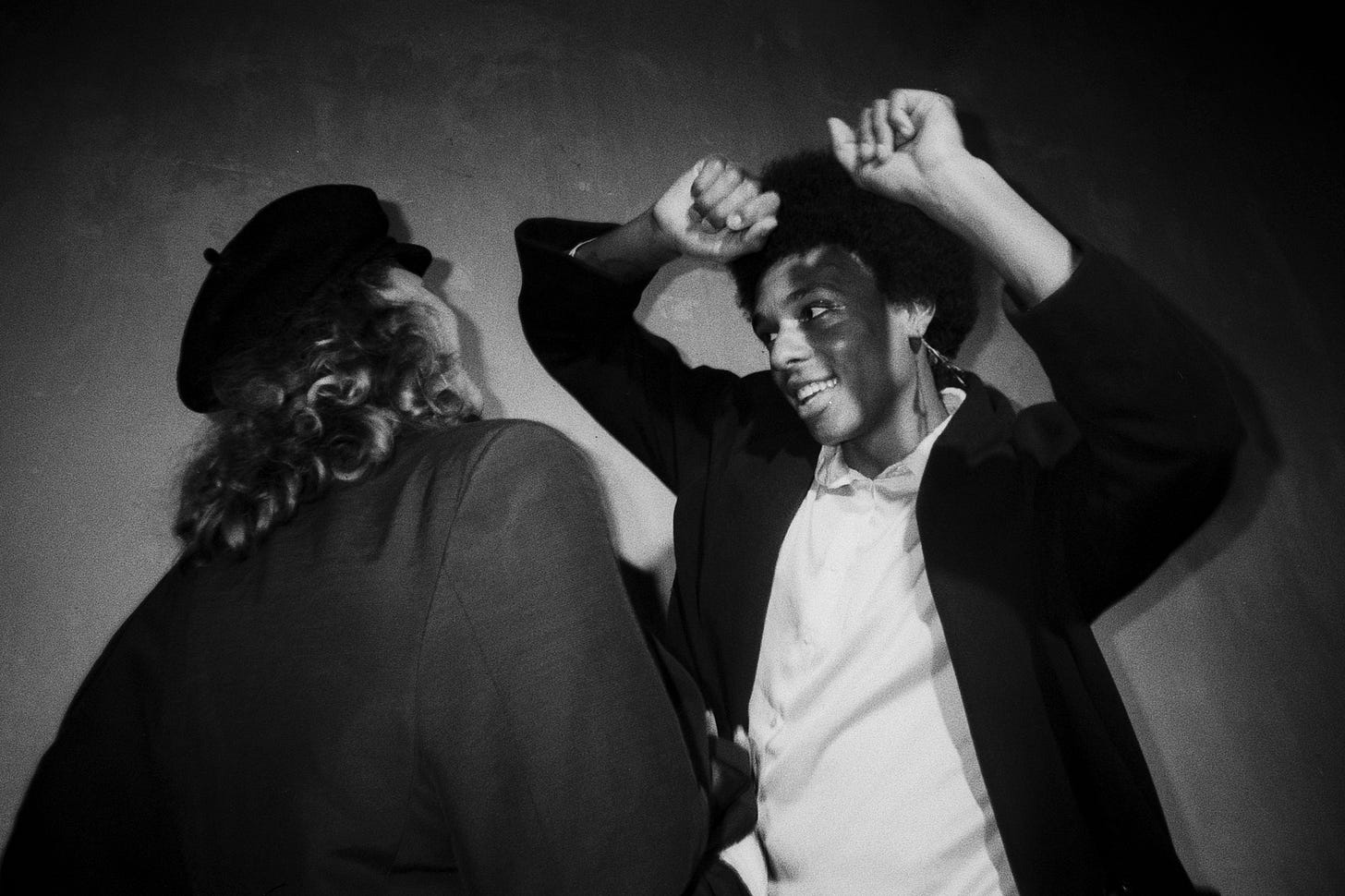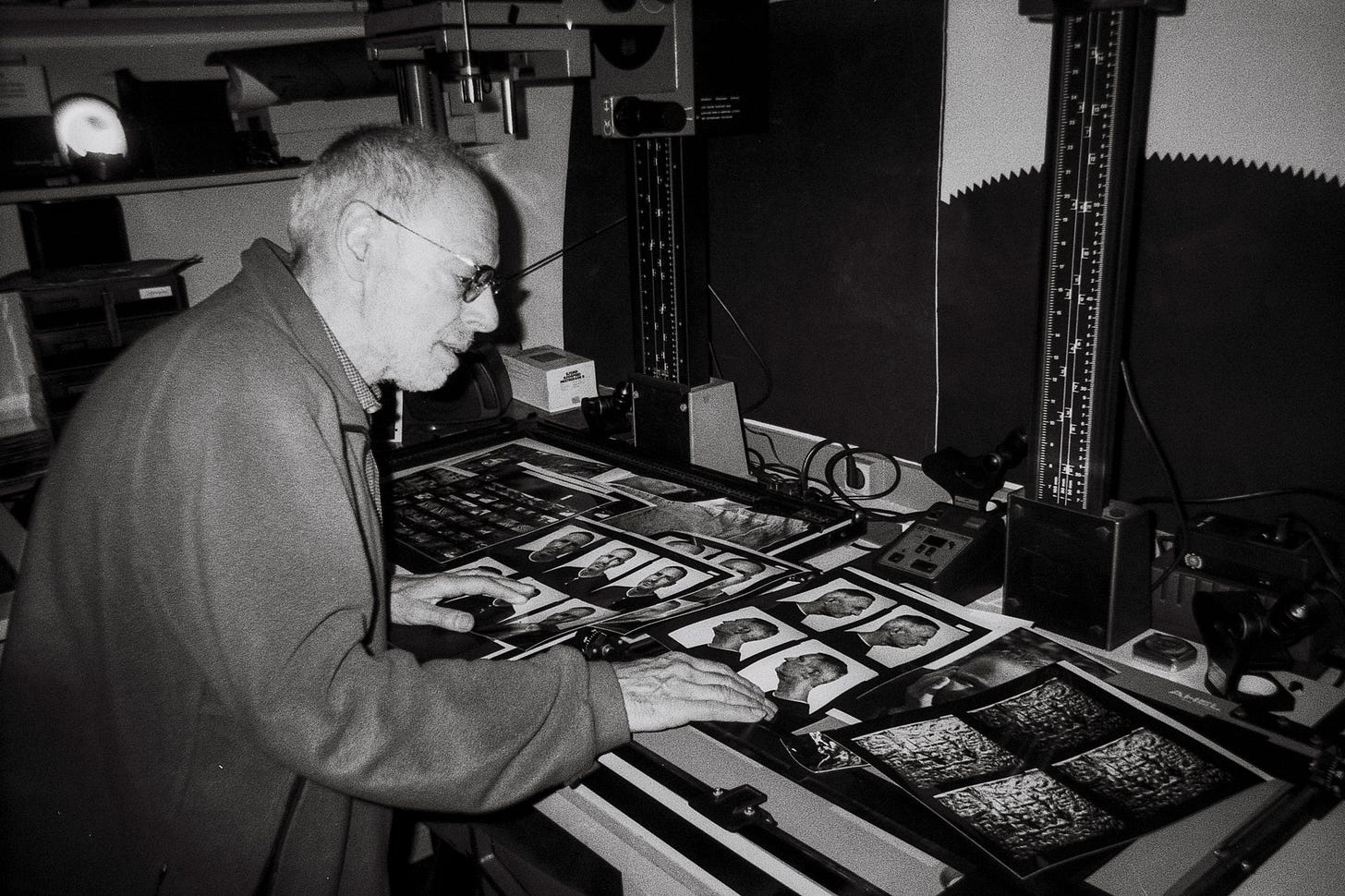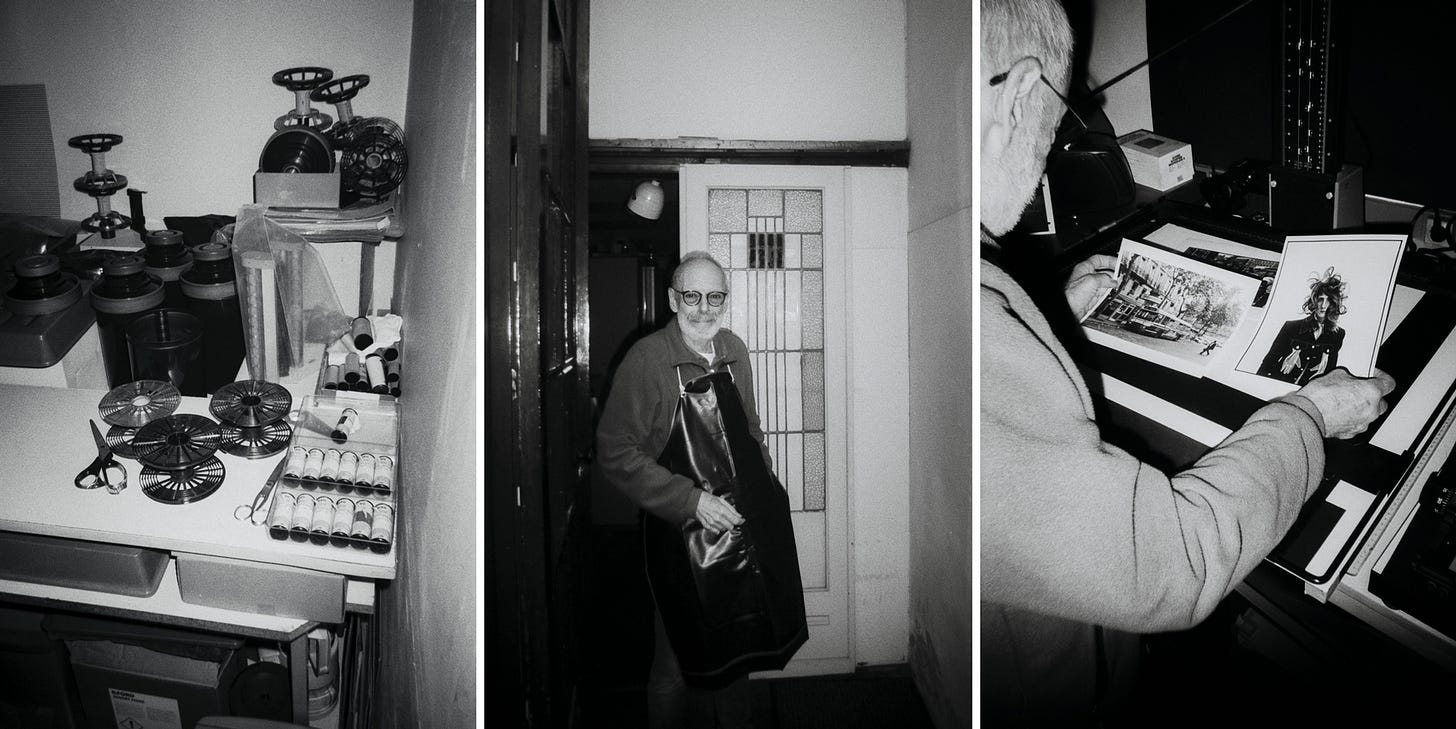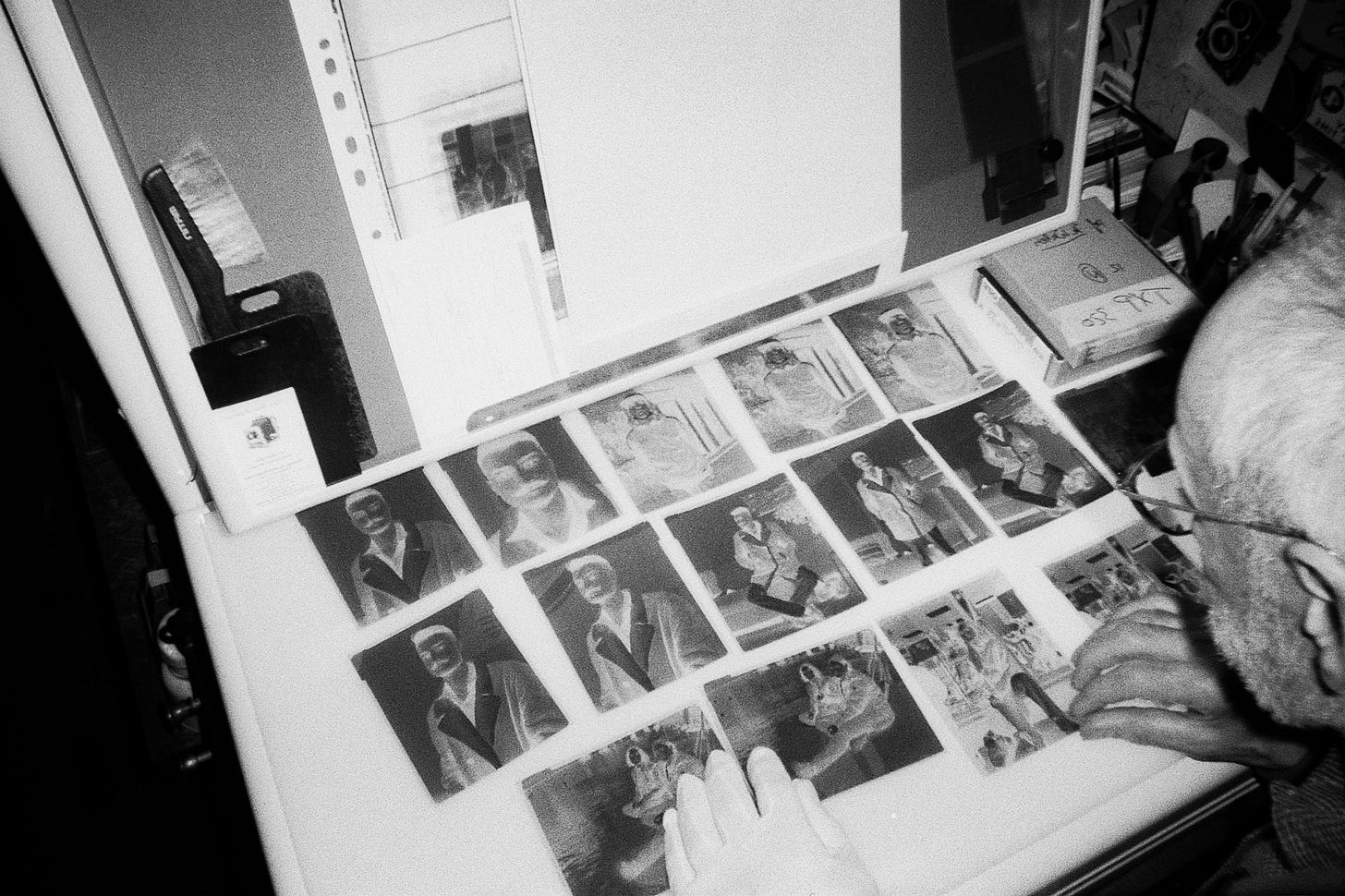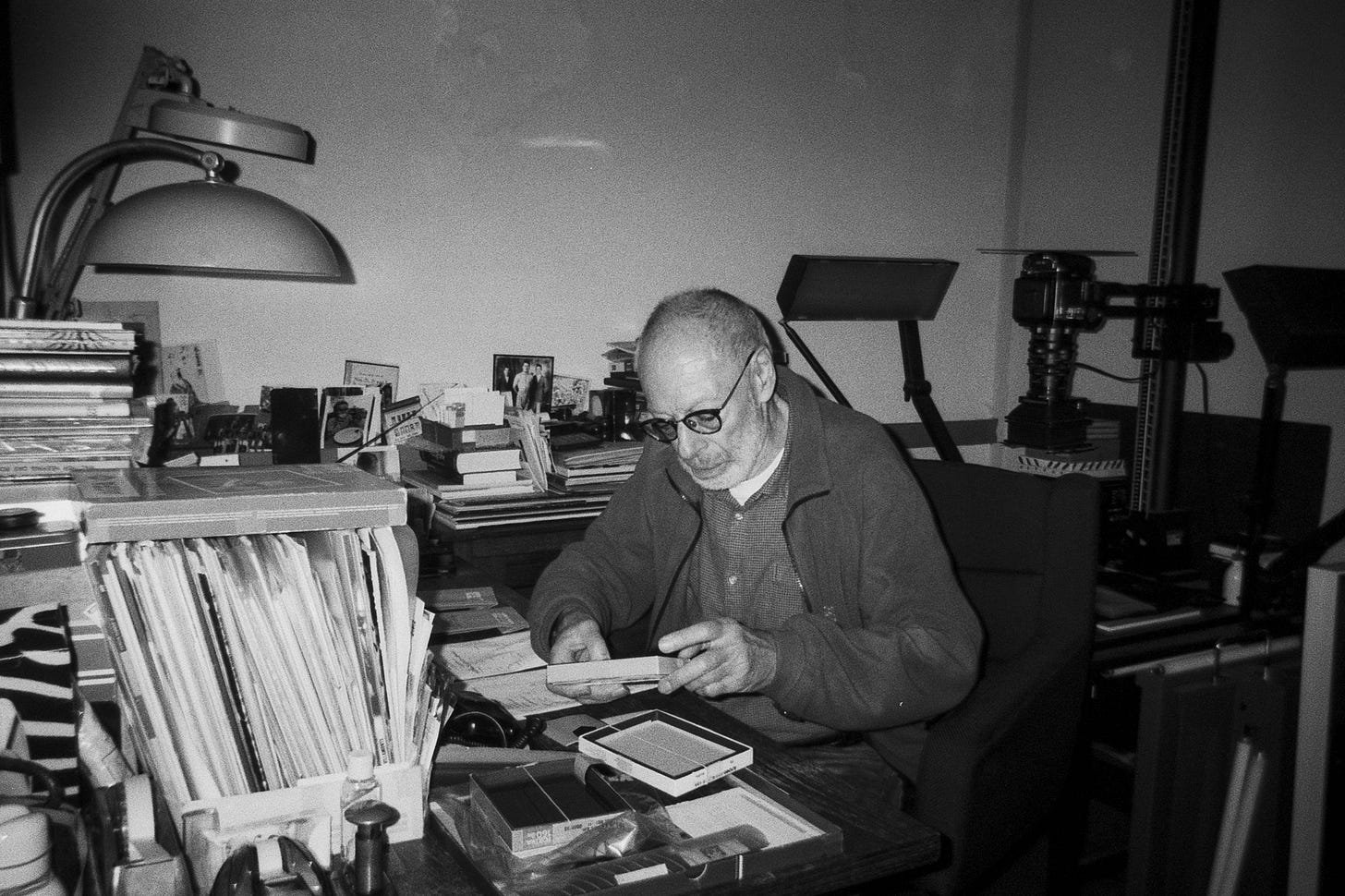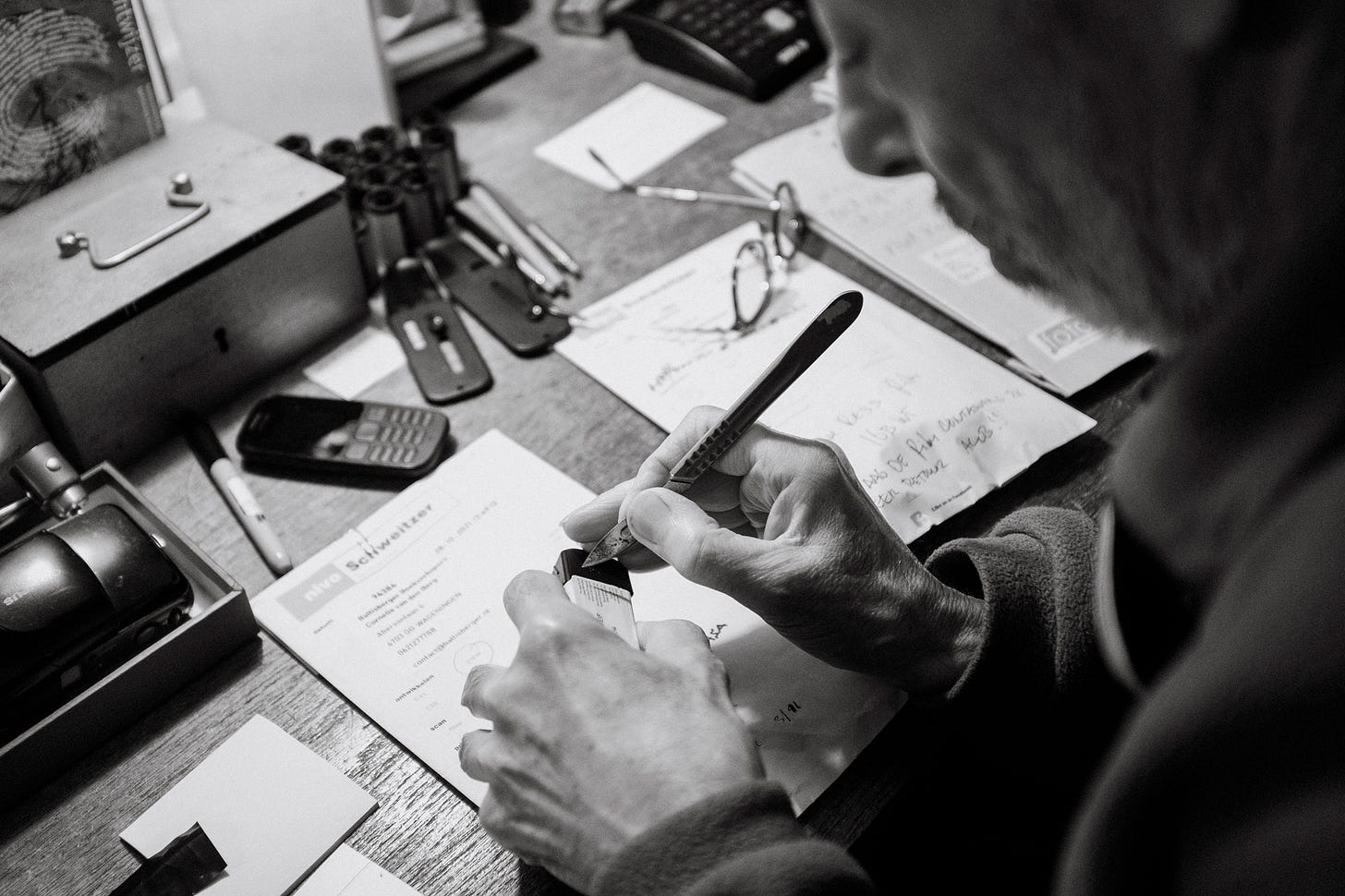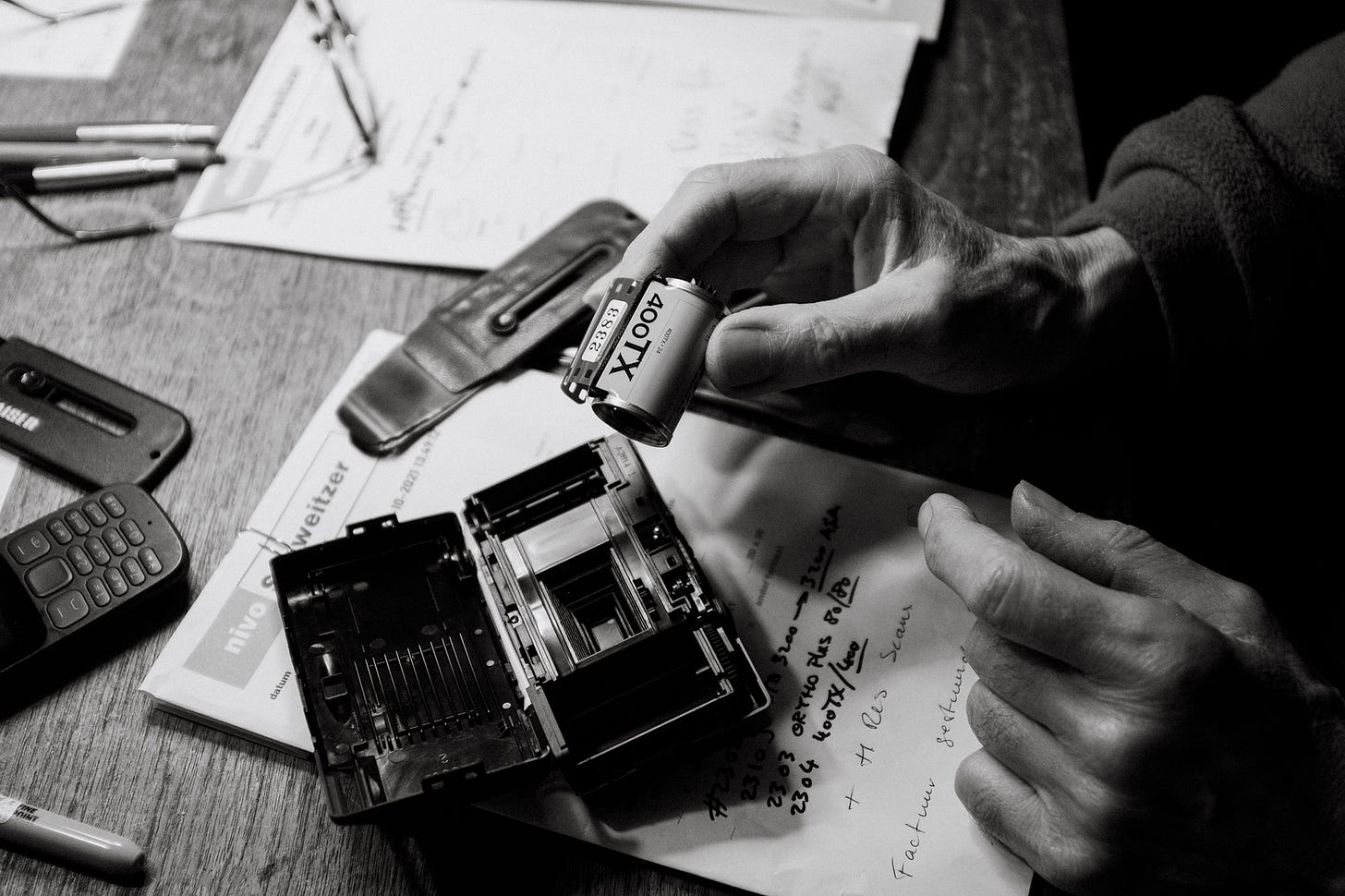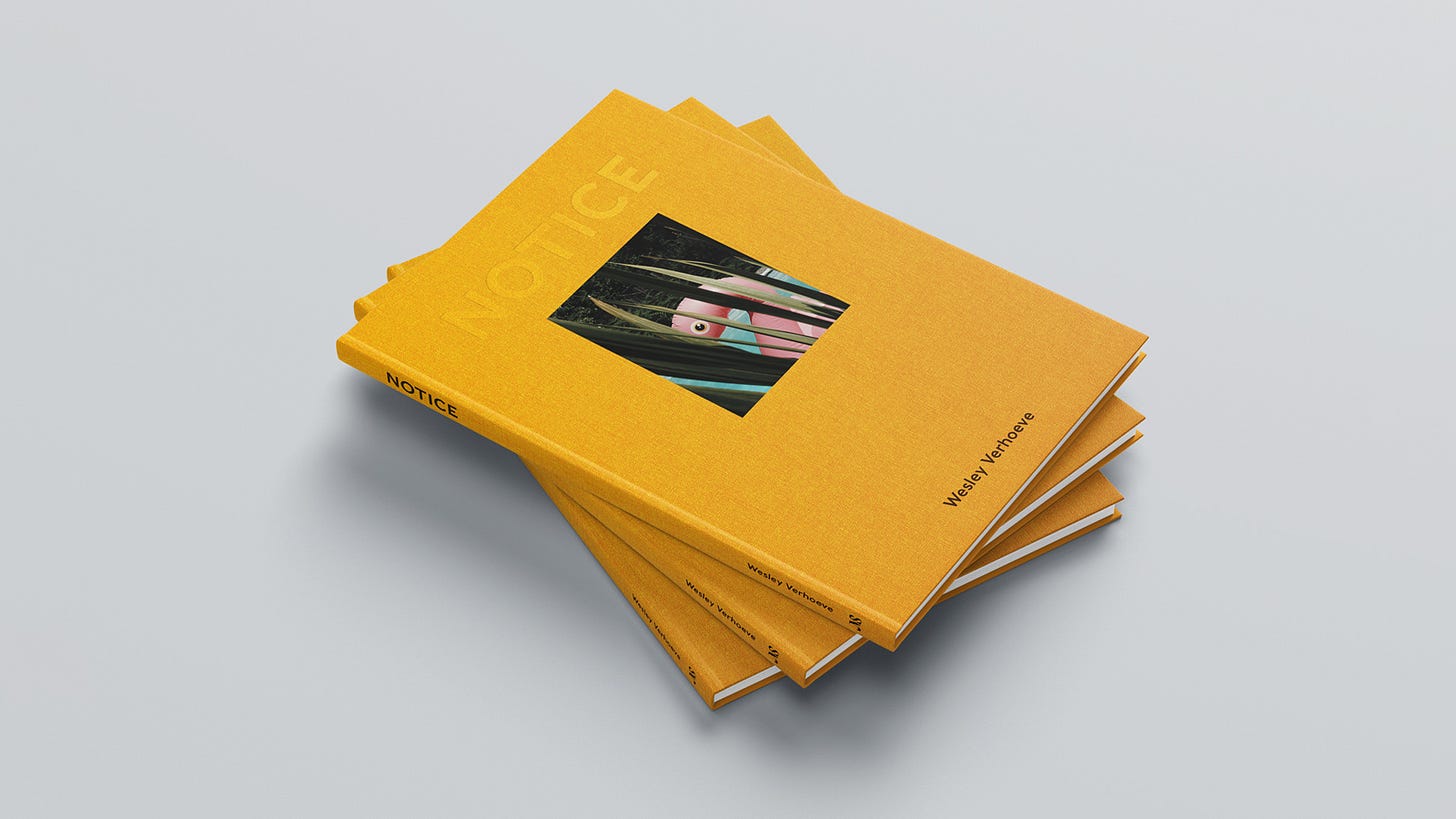Process 043 ☼ Introducing the NEW Kodak Tri-X Disposable Camera!
Give Away: Kodak's NEW Tri-X Disposable Cameras
Dear friends,
I’m so excited to finally get to talk about this! I’ve been sworn to secrecy ever since Kodak Alaris sent over two of their brand new Tri-X loaded single-use cameras for me to test. They will announce this camera to the world today and you, my dear Process subscribers, are the first to get to see any images shot with this new camera.
For this week’s giveaway we have three Kodak Professional Tri-X single-use cameras!
Introducing the Kodak Tri-X Disposable Camera
Behold, the Kodak Professional Tri-X B&W 400 - 27 Exposure Single Use Camera freshly unpacked before my first test shoot. Brand new and never before seen.
Kodak Tri-X is one of my favorite professional black and white film stocks. It’s also one of the oldest still available black and white stocks, having been introduced in 1940. I love the tones, the way it handles a variety of light situations, and the sharpness of this film. It was one of the main stocks I used for my book NOTICE.
In today’s issue I will show you how these babies perform in two very different situations. First during an editorial shoot in the studio with lighting, and then in the field during a photo journalism style documentary shoot.
(Spoiler alert: These cameras performs incredibly well.)
In The Studio
In last week’s issue of Process I mentioned there was one set of photos I couldn’t yet share for reasons that are now clear. Well here they are, all shot on this disposable.
This camera, like all disposables, only has a single shutter speed of 1/125th of a second, which is fast enough to freeze most normal movement, including dancing, which helps avoid blurry imagges. Similar to last week’s medium format images I used one continuous light pointed slightly from the side to simulate a dance club spot light. Then I fired the native flash included in the camera right into the scene from another angle as a second light source, which gives use those nice crisp shadows on the wall.
Even with two people dancing I was able to capture each little change in emotion without running into focusing issues. There wasn’t a single blurry image on the roll. Most single-use cameras have a single element lens, whereas this one has a dual element lens which means sharper images and a larger focal range.
The focus range of this camera is fool proof with everything between 1 meter from the camera and infinity is in focus. My personal preference when shooting disposables is to always be close to my subject because that’s when the these things can really sing.
The flash range is between 1 and 3 meters (3-10ft) and I generally try to be within that distance to make sure we have all the light we need and our subjects cover the image.
This shoot took place at Studio 13 in Amsterdam. Our models were Niina and Dave.
For Photo Journalism and Documentary Work
Next I wanted to test this camera in the context of a very different kind of shoot, something more photo journalism and documentary leaning. So I brough it along when I visited black and white darkroom legend Wim Dingemans to photograph him as part of my new project about Amsterdam-based creatives and their spaces.
Wim’s darkroom is only minimally lit for obvious reasons so I relied on the flash to provide me with all the light I needed to make these scenes pop.
The lens on this camera is nice and wide at 30mm, which is another reason I like to get up close. Shooting that wide from too far away means your subject is just a small blip in the photo and I subscribe to the point of view that closer by is usually better.
To illustrate, this photo was taken by hovering right over Wim’s shoulder so I could make the scene cover the full image and give insight into his process in detail.
Note that even though the flash is very powerful and Wim’s lightbox is very bright and white, nothing got blown out in this show at all and the tones are balanced nicely.
The nice thing about working with a lens that is permanently set to f10 is that everything in this shot is in focus, from the papers closest to the lens to the picture frames on the back shelf. This is not a camera that lends itself to artsy obfuscation through bokeh, but it does a great job at sharply registrering of a scene in full detail.
Developing The Film
After I finished the roll documenting Wim’s work process and space he opened up the cameras to get the rolls out and ready them for development in his amazing lab. Note that these two last shots were shot digitally since I finished the film rolls.
Take Aways
My final thoughts on the Kodak Professional Tri-X B&W 400 Single Use Camera:
These things are straight up fun to shoot. No thinking, just shooting.
The flash is excellent and can handle even a powerful secondary light.
The dual element lens is suprisingly sharp. Even Wim with decades of experience said he’d never seen images this sharp coming out of a disposable.
Tri-X = Tri-X. If you love it in your go-to camera, you’ll love it in a disposable.
This is a great camera for obvious uses like parties and weddings, but it’s also an excellent companion to throw in my bag for a studio shoot or out on location, especially indoors where I may need the assistance of the flash.
The camera will be available next week for around €15 so check with your favorite independent photo shop and grab one to try it out for yourself. And don’t forget we’re giving away three of these babies below, free to enter for Process subscribers.
A special thanks to Wim Dingemans at Silver-Hands for developing both rolls and to Jorn C. Haverkort for scanning the negatives so swiftly and expertly.
This brings us to the end of this special mid-week issue of Process. Now we go back to our regular once-a-week Sunday schedule. See you in a few days!
Keep shooting and take good care of yourselves and others.
Wesley
Process Giveaway!
The good folks at Kodak Alaris have made available THREE of these gorgeous disposables exclusively to Process readers.
To enter just email me at hello@wesley.co (please don’t reply to this note but send a separate email) before 11pm EST on December 4th with the subject line "Process 043 Giveaway" and answer the following question:
If you could go back to any event in your past to document with a Tri-X disposable which event would it be, and why?
The winner will be randomly drawn and notified. This giveaway is for Process subscribers only. Subscribe by clicking the button below:
Make sure to show Kodak Alaris some love on Instagram.
If you enjoyed this issue of Process it would mean a lot if you shared it with your friends. Click below and tell your friends about it.
If you’re a new reader, browse the Process archives here.
Process is a weekly letter from Wesley Verhoeve. If you’d like to support what I do here click the button below to order my new book NOTICE.
Follow along at @wesley.

